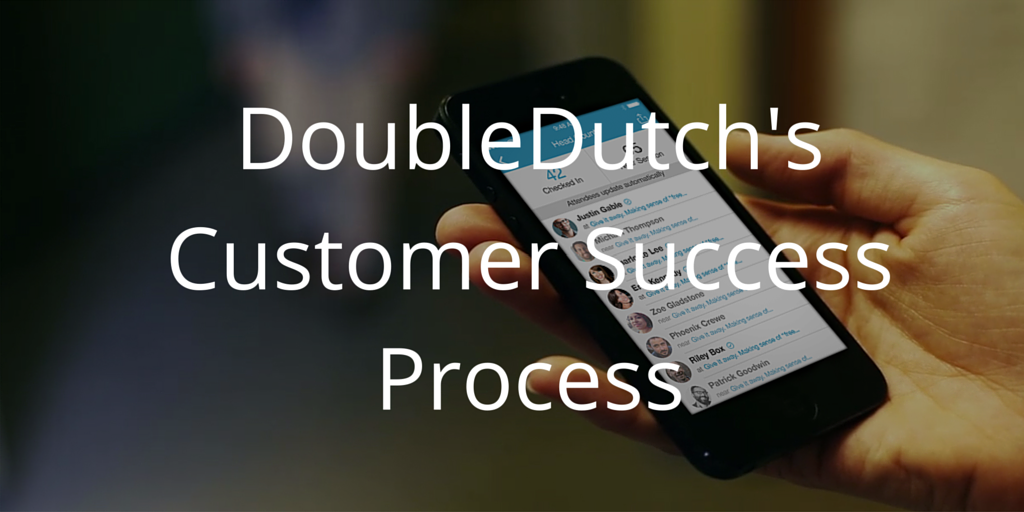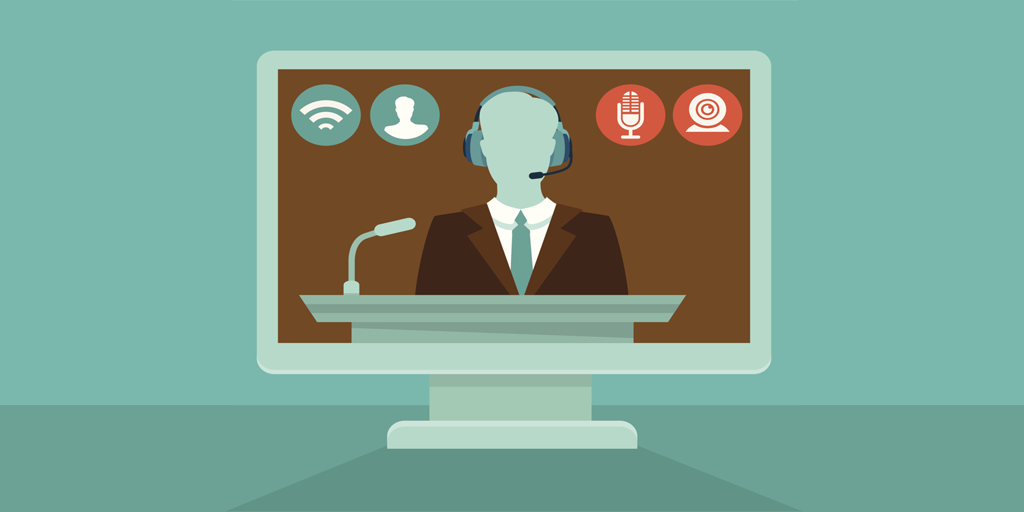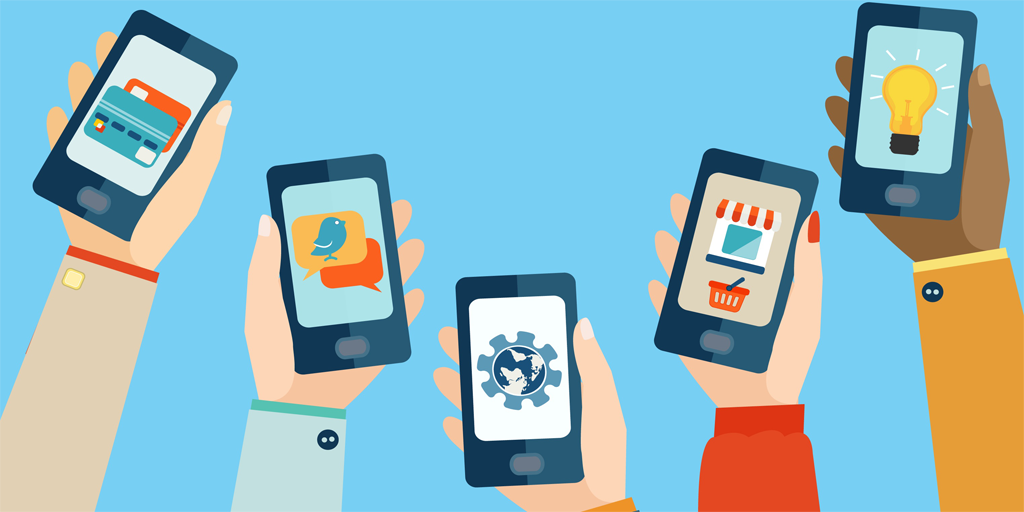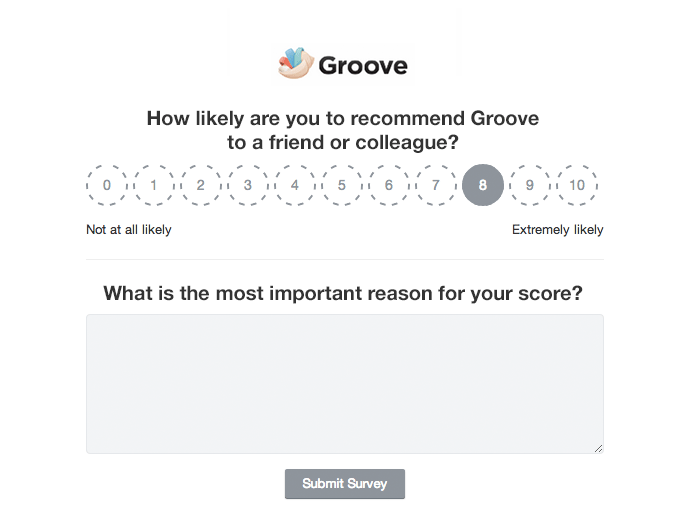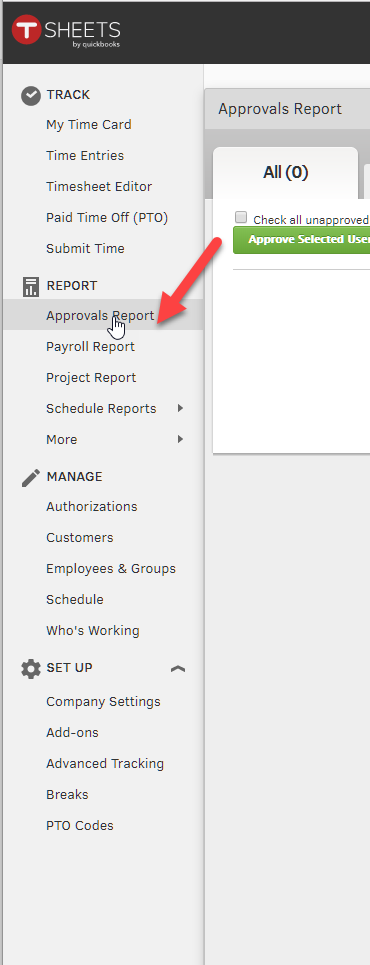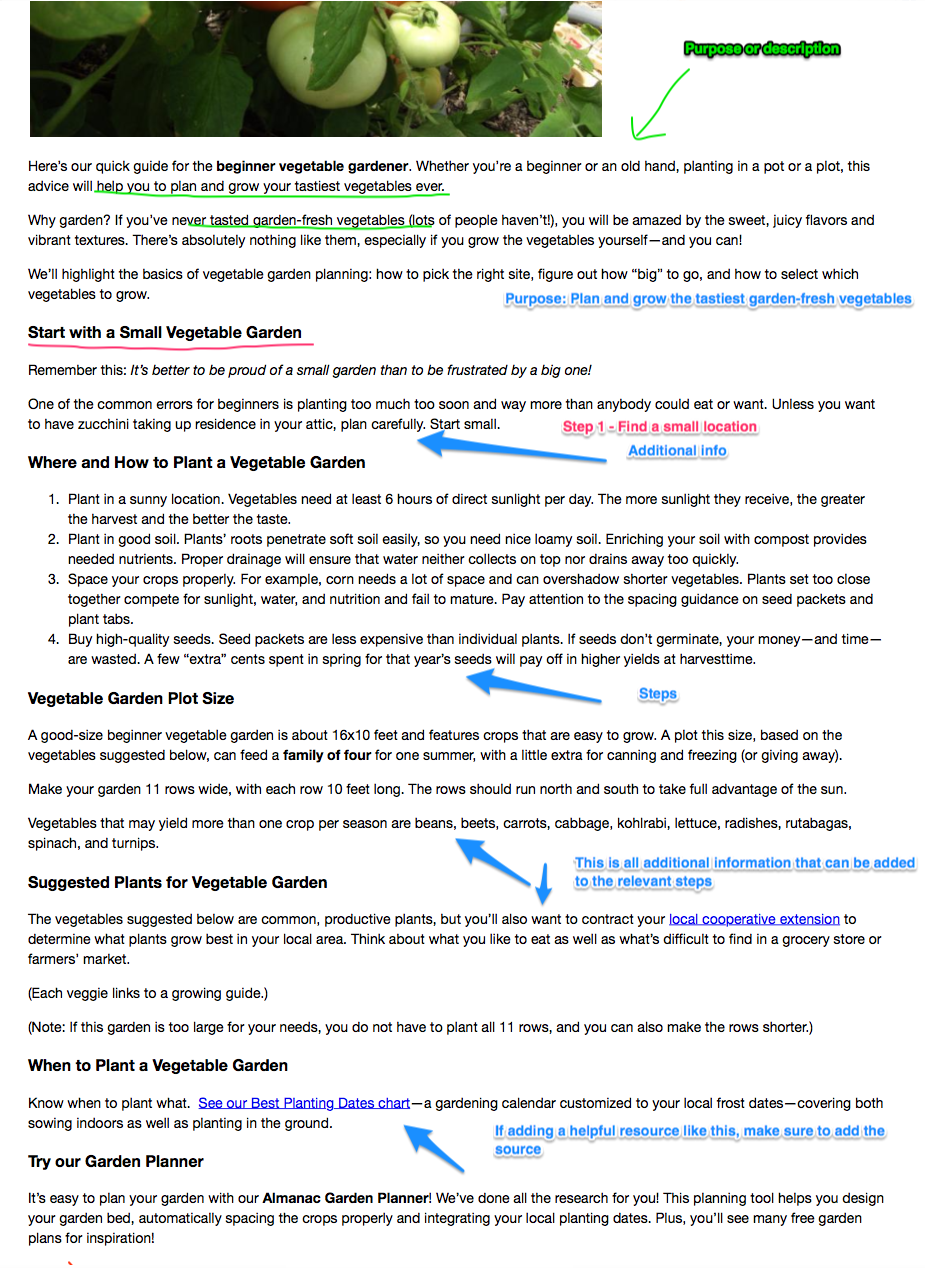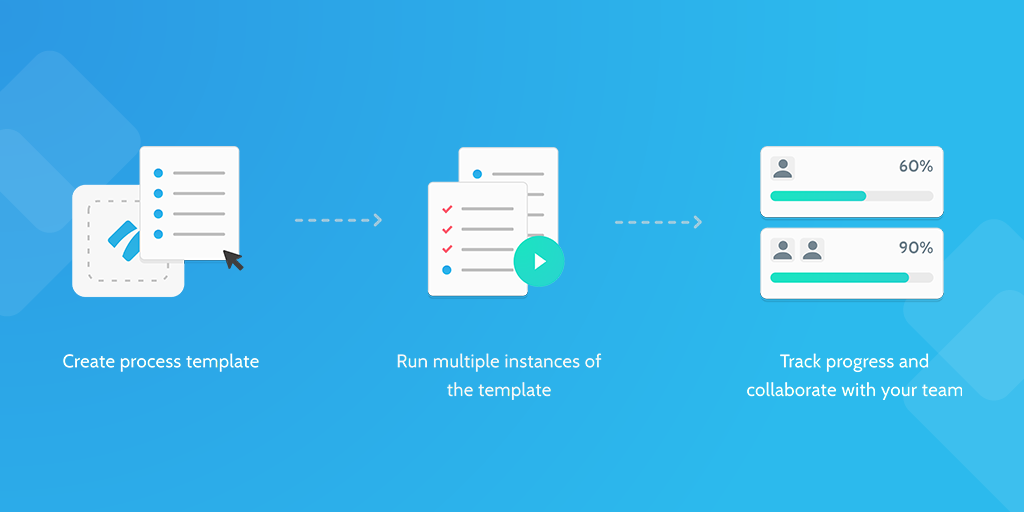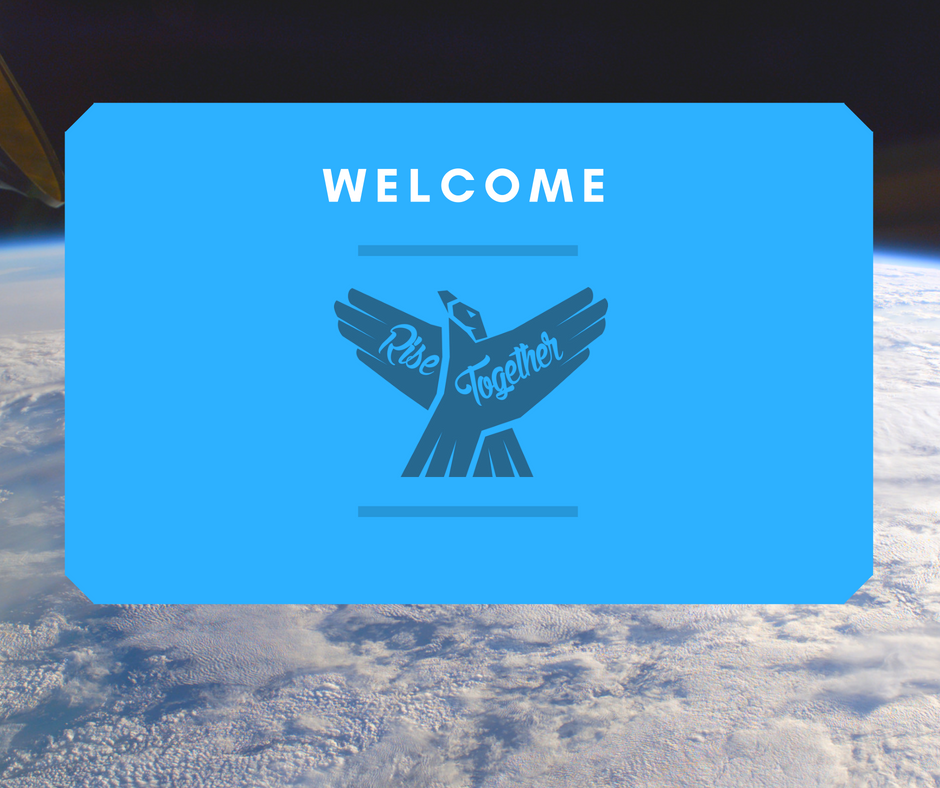We caught up with Aaron Lapierre (Vice President of Client Cervices at DoubleDutch) who kindly gave us a rundown of DoubleDutch's high-touch Customer Success process. This has seen such success that, despite extra limitations through their extremely finite usage period, DoubleDutch has secured over $78m in funding since its founding in 2011 and currently serves over 1,000 customers.
This checklist will guide you through their highly effective customer success method, which you can then apply to your own SaaS company.
After all, in the words of Lincoln Murphy, "No Customer Success = No Your Success".

